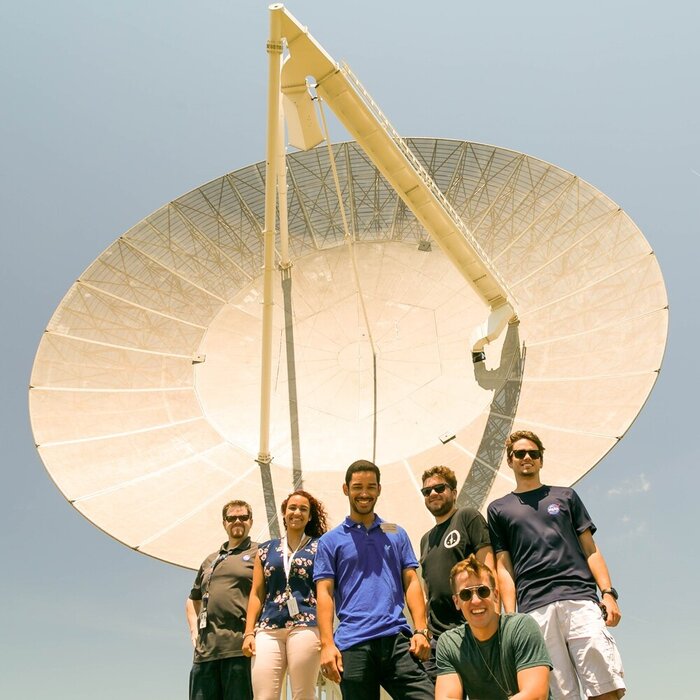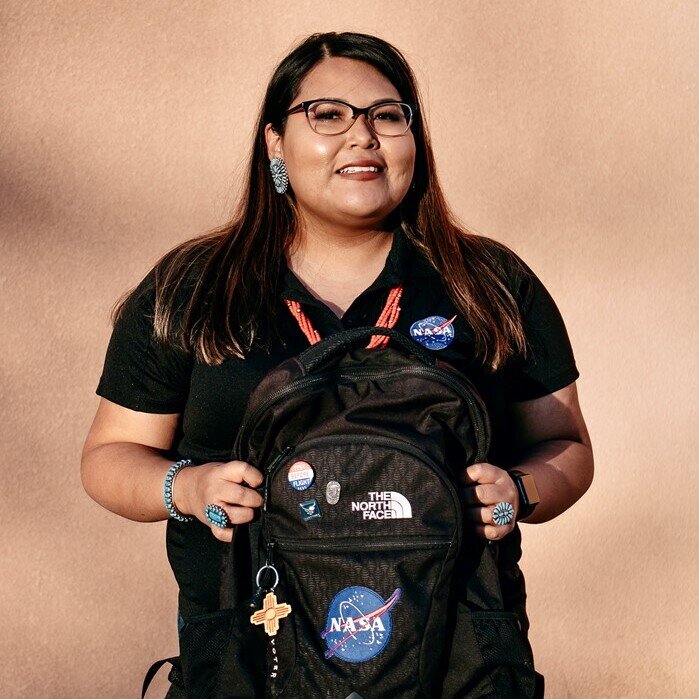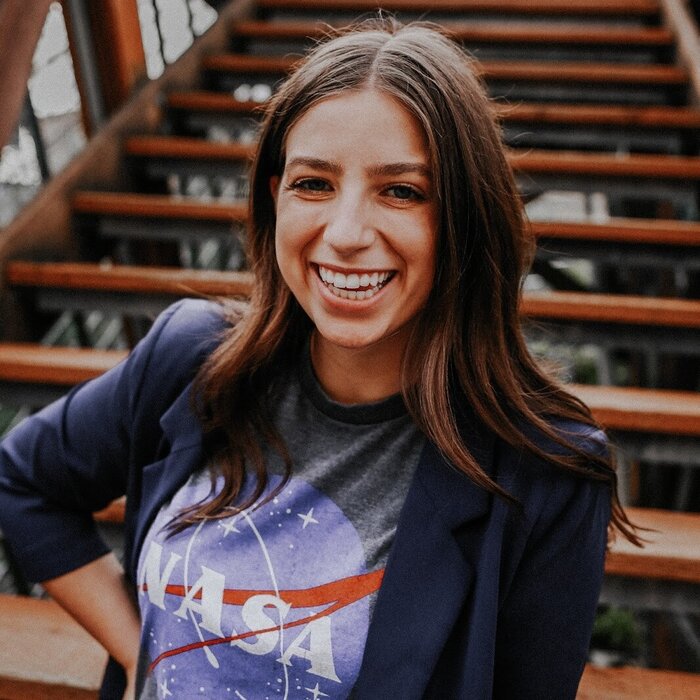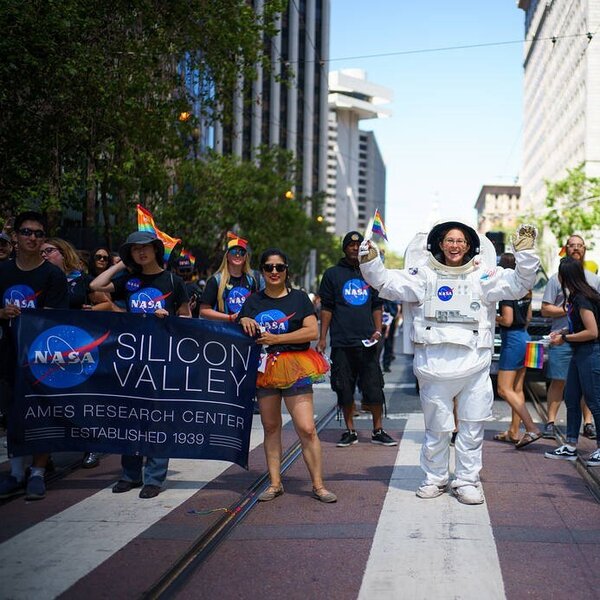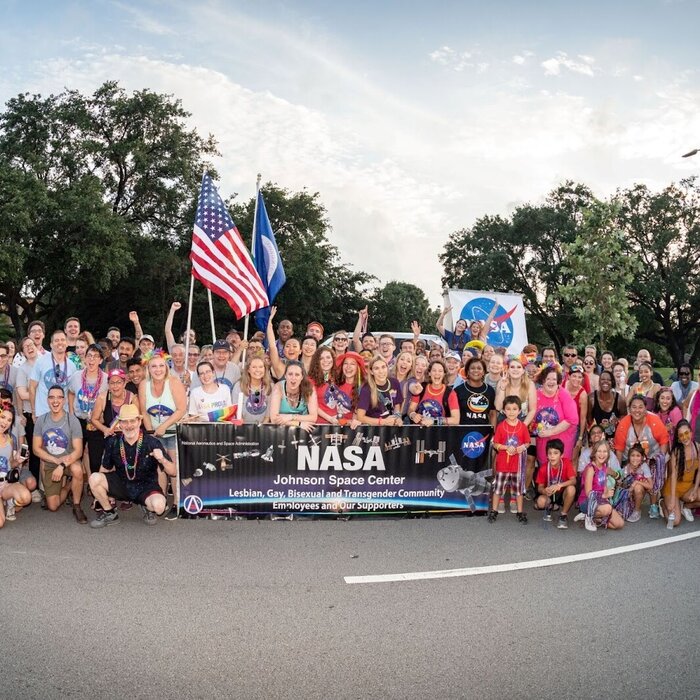
You asked, we answered! Today, we’re addressing common questions from our social media followers. Every year, NASA looks for members of the Artemis Generation to bring their talents and ideas to our internship program. We lead the world in space exploration and internships are an important part of our commitment to ensuring that the next generation will be ready for the challenges ahead.
Wondering if we have an internship for your major or what you might need in preparation to apply? This list is for you.
1. What type of internships are offered?
NASA offers opportunities for students to undertake meaningful and challenging projects. We have an internship for almost any major – from engineering and computer science to architecture and journalism, there’s something for everyone. Check the description and preferred major on individual opportunities for more details.
2. Does prior experience or coursework increase the likelihood of being selected?
Each internship experience is unique and will require different prerequisites. If you have not decided on your specialized major, you can still apply. Prior experience can span beyond educational experience – including extracurriculars and volunteer work that may apply to the potential role. Experience and previous coursework are both considered during the application review process.
3. If I am working or taking classes, could I still intern?
Yes. Working or taking classes does not disqualify you from becoming an intern. NASA offers part-time internships, which is an option for those looking to do both simultaneously. Once you’ve accepted an internship, talk to your coordinator or mentor about hours and scheduling if this is a path you are interested in pursuing.
4. Do I have to live by a NASA location to intern?
If you meet the qualifications, you can intern in person or virtually at any of the centers across the United States. This upcoming fall session, all interns must receive badges at a NASA center, including all virtual internships. In person, hybrid, and virtual interns will need to travel to a NASA center the first week of their internship to receive a badge in person.
5. My grades don’t reflect my passion and interest. Can I still be an intern?
If your grades meet our requirements, you are eligible to apply for an internship. If you do not meet the qualifications, there are a variety of options for ways to get involved at NASA.
Those enrolled in a United States college or university as an undergraduate can apply to L’SPACE, a 12-week academy that provides learning on the space industry. NASA Community College Aerospace Scholars (NCAS) offers three unique 5-week missions for 2-year community college students seeking a STEM degree. Collaborate with a scientist and make a discovery through a Citizen Science project is an option open to everyone around the world. Led by NASA’s Office of STEM Engagement, Artemis Student Challenges strengthen students’ skills for future mission planning and crewed space missions to other worlds. For more opportunities, visit NASA STEM Engagement.
6. How can I prepare if I don’t meet the age requirements?
If you don’t meet the age requirements, there are still opportunities at NASA for you. NASA STEM Engagement has educational materials along with contests and challenges for all ages and grade levels. If you’re looking for something to participate in during the summer, NASA offers camps at NASA’s Johnson Space Center and NASA’s Kennedy Space Center (KSC). If you are not located near one of these centers, KSC also offers a virtual space camp.
7. Are there any intern projects working on missions that will be carried out within the year?
Yes, internship projects span across all areas of focus for the agency, including current high-profile missions. Currently we have interns working on Artemis, the mission that will land the first woman and person of color on the moon. There are also interns working on projects related to the James Webb Telescope, the most powerful telescope sent into space. Not only do interns work on future missions, but they also work on existing missions.
8. I’m in! What’s next?
As a NASA intern, you’ll join a community of diverse professionals who are united by a common purpose: to pioneer the future in space exploration, scientific discovery, and aeronautics research. Regardless of your career goals, a NASA internship will give you the kind of rewarding experience that makes a brilliant start for professional advancement.
Do YOU want to join the NASA internships team? Check out our website to learn more about the Artemis Generation, eligibility, and application steps. Find the answers to more of your questions under ‘Top Things to Know About NASA Internships.’
Carolina Rodriguez, STEM Engagement Communications Intern
Claire O’Shea, STEM Engagement Communications Intern, Editor
NASA Johnson Space Center



